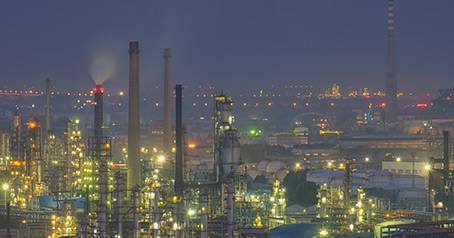Nov . 04, 2024 15:24 Back to list
drip irrigation from pvc pipe
Drip Irrigation Using PVC Pipes A Sustainable Solution
In the face of increasing water scarcity and the pressing need for sustainable agricultural practices, drip irrigation has emerged as an efficient method to deliver water directly to the roots of plants. Utilizing PVC pipes for this innovative irrigation system not only boosts efficiency but also underlines the importance of resource conservation in agriculture.
Understanding Drip Irrigation
Drip irrigation is a method where water is delivered directly to the base of plants through a network of tubing and emitters. This technique minimizes water wastage, reduces the risk of plant diseases, and enhances crop yield. Instead of flooding fields or using sprinklers, drip irrigation allows water to seep directly into the soil at a predetermined rate. The result is a more controlled and efficient water supply.
The Role of PVC Pipes in Drip Irrigation
PVC (polyvinyl chloride) pipes have become a favored material for constructing drip irrigation systems. There are several reasons for this choice
1. Durability PVC pipes are resistant to corrosion and degradation caused by UV rays, soil, and moisture. This durability translates into a longer lifespan compared to other materials, minimizing replacement costs and waste.
2. Cost-effectiveness PVC is relatively inexpensive compared to other piping materials. The overall savings in a drip irrigation system, including reduced water usage and lower labor costs, can make PVC a very economical choice for farmers.
drip irrigation from pvc pipe

3. Ease of Installation The lightweight nature of PVC pipes simplifies transportation and installation. Farming businesses can set up their irrigation systems quickly, helping them transition to more sustainable practices without significant downtime.
4. Versatility PVC pipes can be adapted for various agricultural settings, from small gardens to large-scale farms. They can be easily cut and shaped to fit specific irrigation layouts, ensuring that every plant receives optimal moisture without over-watering.
Setting Up a PVC Drip Irrigation System
Installing a drip irrigation system with PVC pipes involves several steps. First, farmers need to assess their land and determine the layout of their crops. It’s essential to design a system that allows for even water distribution based on the plant's water needs.
Next, one should lay the main PVC supply line, connecting it to a water source. Smaller drip lines, equipped with emitters at calculated intervals, should then branch out from the main line, reaching the root zones of the plants. Finally, testing the system for leaks and ensuring proper functionality is crucial before fully implementing the irrigation strategy.
Benefits of Drip Irrigation with PVC Pipes
The benefits of using drip irrigation with PVC pipes are manifold. By significantly reducing water usage—by up to 60% compared to traditional methods—farmers can contribute to conservation efforts while optimizing their crop yields. Moreover, this method helps minimize weed growth, reducing the need for herbicides.
In conclusion, adopting drip irrigation using PVC pipes not only represents a smart agricultural practice but also aligns with sustainable environmental principles. As the world faces ongoing challenges related to water availability, efficient irrigation systems like these can play a pivotal role in ensuring food security and promoting responsible water use. Transitioning to this method is a beneficial step for farmers, the environment, and future generations.
-
High-Quality PPR Pipes and Fittings Durable ERA PPR & PVC PPR Solutions
NewsJul.08,2025
-
Black HDPE Cutting Board - Durable, Non-Porous & Food Safe HDPE Plastic Cutting Board
NewsJul.08,2025
-
High-Quality CPVC Panel Durable HDPE & PVC Panels Supplier
NewsJul.08,2025
-
Double PE Welding Rod Supplier - High Strength, Durable & Versatile Welding Solutions
NewsJul.07,2025
-
High-Quality PVC-O Pipe Supplier Durable 75mm PVC Pipe & Connections Leading PVC Pipe Company
NewsJul.07,2025
-
HDPE Drainage Pipe Supplier – Durable & Corrosion-Resistant Solutions
NewsJul.06,2025

